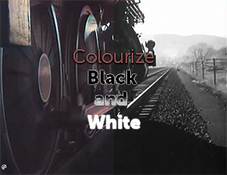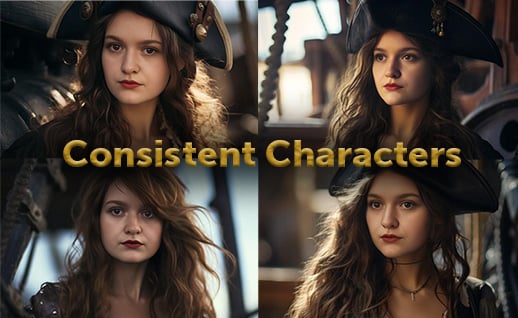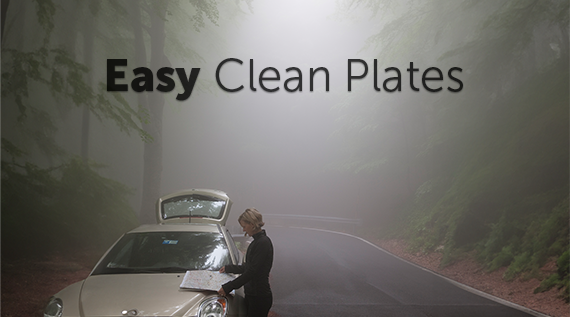4K has quickly evolved from being the “tech of the future” to being the new industry standard in resolution. In other words, it’s here to stay, and filmmakers should shoot in this resolution as much as possible.
“4K” refers to the resolution, or number of pixels, of the image captured and displayed. It’s actually four times the resolution of 1920×1080, which has been the industry standard for many years. In the next couple of years, it’s predicted that the majority of Americans will have a 4K television. As a result, most television shows and movies will be shot exclusively in 4K. Currently, Netflix shoots its Netflix Original programming only in 4K. And we’re seeing the trickle-down, with more and more customers looking for 4K clips.
The bottom line is that the demand for 4K footage is at an all-time high — and will only keep growing.
Why should you shoot 4K?
Detail detail detail
Because it has quadruple the number of pixels of a 1080p resolution, 4K reproduces intricate details in a higher contrast. You’ll notice this when you render hair or feathers, for example, or anything containing extremely fine detail.
Clearer picture close-up
4K allows the viewer to be much closer to a larger screen with an extremely clear picture. 4K is actually viewed best when sitting closer to it, whereas when you sit closer to a 1080p image, you will usually see pixelation.
Scaling down options
If you need to scale down 4K footage to 2K, the picture will be noticeably more detailed than if you had originally shot in 2K.
Stabilizing in post-production
Because 4K gives you all those extra pixels to play with, you can use them to stabilize your footage in post-production. Regardless of what editing software you use, you can stabilize footage to make it look like you shot with a Steadicam without losing noticeable resolution like you would with 1080p.
What camera should you use?
To shoot true 4K, you’ll probably need a new camera.
When Netflix announced its decision to shoot Netflix Original programming in 4K, it created quite a stir in the camera community. After all, filmmaker favorites like the ARRI Alexa are technically not 4K cameras. In a statement, Netflix said that since the Alexa and Amira don’t have true 4K sensors, they couldn’t accept them for its Original productions.
There has been some debate in the camera community over what resolution sizes are true 4K. Ultra-high definition (UHD) — once considered the 4K standard for television — is 3840×2160. As a result, many popular cameras that shoot 3840×2160, such as the ARRI Alexa, were considered 4K cameras. However, UHD never was true 4K — they just rounded up the 3840 pixels to 4000. Unless there is actually at least 4000 pixels, it cannot be a true 4K resolution, with the most being 4096×2160.
To be sure your footage is usable for years to come — and meets industry standards — we recommend the cameras specified in the Netflix Production and Post-Production Requirements. Filmora has also recently released its Top 10 4K Video Cameras, including specs, prices and features of some of the best 4K cameras in the industry right now.
Considerations of working with 4K
Because 4K footage requires much more media storage, you’ll likely need to purchase external hard drives. More computer power is also needed to edit and render the footage, so you may need to update your computer’s video card. And because the files are large, it will also take longer to upload the footage. However, most editing programs give you the option of making proxies for large footage, so you can edit the 4K footage by proxy of a smaller file, so as not to make the computer lag while you are editing.
If you aren’t shooting in 4K, there’s no better time than now to start — you’ll be at the forefront of shooting digital video.
For more information, check out 7 Important Lessons All Filmmakers Should Learn About Shooting 4K and 4K: What You Need to Know.
Dissolve Premium (dissolve.com) has been the go-to for quality stock footage and photos by the world's top creative agencies and production houses. Some of the best filmmakers and stock producers from around the world are with Dissolve — our rapidly growing collection of unique, compelling footage is a testament to that. In addition to our quality stock footage and photography business, we launched Dissolve Creators (dissolve.com/creators/community). A platform for photographers, filmmakers, producers, and designers to connect and share their work as free downloadable content. We offer these creatives (amateur or pro) a bridge to our clientele, gig opportunities, networking opportunities, as well as our knowledge of the stock industry.
.png)
.png)
.png)




